|
On previous visits to Bath, I never entered the Victoria Art Gallery. Despite liking its name (!), I thought the contents might be rather bland. However, I found it a lively place celebrating all sorts of art projects for the community as well as exhibiting its collection. Guess who presides over this entrance? Not to be outdone by a female, Henry VIII (1491-1547) faces the gallery. Sir Cloudesley Shovell sculpted about 1716 by Francis Bird. Shovell spent his life in H.M.Navy, reaching the status of Admiral of the Fleet. One wonders if his amusing name fueled his ambition. As often in those days, George III was portrayed in a Roman toga with a circlet of laurel leaves by sculptor Peter Turnerelli in 1812. Here is Charles Brudenell-Bruce (1773-1856), painted in 1779, before he was 'breeched,' that is, began wearing boys' clothing. Later he became the 1st Marquess of Ailesbury. The artist was William Hoare, a kinsman, and portraitist of many Bath residents. The young woman with a cat is Miss Sophia Dumergue (1768-1831) painted by Johann Zoffany in 1780-81. This kind of emotional, rather morbid, picture is exactly what I expected here. The Bride in Death was painted by Thomas Jones Barker in 1839. Below is a typically charming late Victorian canvas, The Watersplash by Henry Herbert La Thangue, 1900. The museum also has a fine collection of glassware, china, and Wedgewood, much of it originating in the period of Bath's heyday, the mid to late 18th century and into the Victorian era. More Bath soon...
0 Comments
Settling into my cool and comfy room in the Francis Hotel, Queen Square, I mapped out my agenda for the days ahead of me. I have visited Bath many times, but at last I was alone, and could indulge myself with visits limited only by my own energy. Very selfish and highly recommended! What is now the Holburne Museum was, in the early 19th century, the Sydney Hotel catering to Bath visitors and a center for numerous entertainments in the Sydney Gardens. The above view shows the back of the Sydney Hotel, c. 1804, a venue for dining concerts and balls, in Sydney Gardens, which opened about 1795. Fireworks, balloon ascensions, acrobats, and other entertainments were held frequently. The grounds included a labyrinth, bridle paths, canals, and gardens. From a 1st floor gallery, the view down Great Pulteney Street to the bridge over the Avon.; The man for whom the museum is named is Sir William Holburne (c.1793-1874). painted by Charles Jagger, 1827. Near the painting is Holburne's Trafalgar medal, earned in the battle in 1805, when he served on HMS Orion, hardly more than a child. In later years, he inherited a baronetage and lived with his sisters in Cavendish Crescent, Bath, where they exhibited their art collection and added to it over the years. It is the nucleus of the Holburne Museum collection. Sir William Holburne's aunt Catherine Holburne Cussans (1753-1834) was painted by John Hoppner about 1790. Some of her own collections are included in the holdings of the museum. A fine selection of paintings from the Georgian Era can be found in the main galleries. The fortepiano, c. 1795, is by Johann Schantz (1762-1828) of Vienna, one of only four to have survived from the workshop of the Schantz Brothers favored by Haydn among many others. It is used freuently for concerts by ensembles ad soloists performing 18th century works. George Stubbs (1724-1806) painted Robert Carter Thelwall and His Family in 1776. The Rev. Mr. Thelwall, with his wife Charlotte and their daughter before his church, St. Andrews in Lincolnshire. Thomas Gainsborough (1727-1799) painted Lady in a Blue Cloak about 1765. As the label states, "He painted silks, lace, and trimmings with a skill that made them as much a feature of his portraits as the sitter's likeness." Gainsborough also painted Louisa Skrine, Lady Clarges (1760-1809), at age eighteen for her husband Sir Thomas Clarges in the year after their marriage. The single-action harp in front of the picture was created by Sebastin Erard in 1802 and sold to a lady in Dublin for £75 12s. This sketch of Arthur Atherly (1772-1844) ) by Sir Thomas Lawrence (1769-1830) was created as a study for the finished portrait now in the Los Angeles County Museum of Art (below). The sitter was nineteen and the artist was just three years older.  Sir Thomas Lawrence, 1791 Arthur Atherley as an Etonian © Los Angeles County Museum of Art In keeping with its Georgian roots, the Holburne also exhibits fine silver from the period. Exquisite workmanship characterized the art of this time, from the smallest miniature to the largest mural. A selection of miniatures, all of unidentified subjects, were created in the period 1785 to 1800. From the top down, all watercolour on ivory, the artists are Richard Cosway (1742-1821), George Engleheart (1752-1829), Nathaniel Plimer (1757-1822), and John Boge (1746-1803). The snuff boxes were carried by gentlemen (and ladies such as Queen Charlotte, who was known to be a frequent user). The top one is French, c. 1770, and the bottom one is Italian, c. 1825. Often found on the reverse of miniatures of deceased loved ones, hairwork was a specialty of some artists, using locks clipped from a beloved. What might seem morbid to us today was raised to the heights of fashionable mourning in the Regency and Victorian periods. A "Bourdaloue with dragon mounts" is a lady's chamberpot with later additions of bronze gilt feet and a liner. Inside it says, "Aux Plaisirs des Dames" or 'For the lady's pleasure.' The label assures us that Sir William Hamilton did not suspect the vessel's original purpose when he bought it. Do you believe that? Hmmmm. The decoration on the outside is based on a painting by Jean-Antoine Watteau, famed French artist, Browsing the Holburne Museum at my leisure was a delightful treat on a warm sunny afternoon. More wanderings in Bath are to come.
The Assembly Rooms were once known as the Upper Assembly Rooms, but since the Lower Rooms long ago were demolished, the National Trust calls this building the Assembly Rooms, period. They are used for a wide variety of purposes and house the Fashion Museum on the lower level. Our Guide, Marian Bacon, who knew All Things Bath, not to mention all things Jane Austen. She led us with charm, grace, and efficiency through our adventures. The Ballroom was all set up for a meeting, a far cry form its heyday, as below portrayed by Cruikshank in 1799 and below that, a view by Thomas Rowlandson. These two are renowned as caricaturists of the period and certainly viewed what today appears to be the elegance of Bath with their tongues firmly in cheeks. 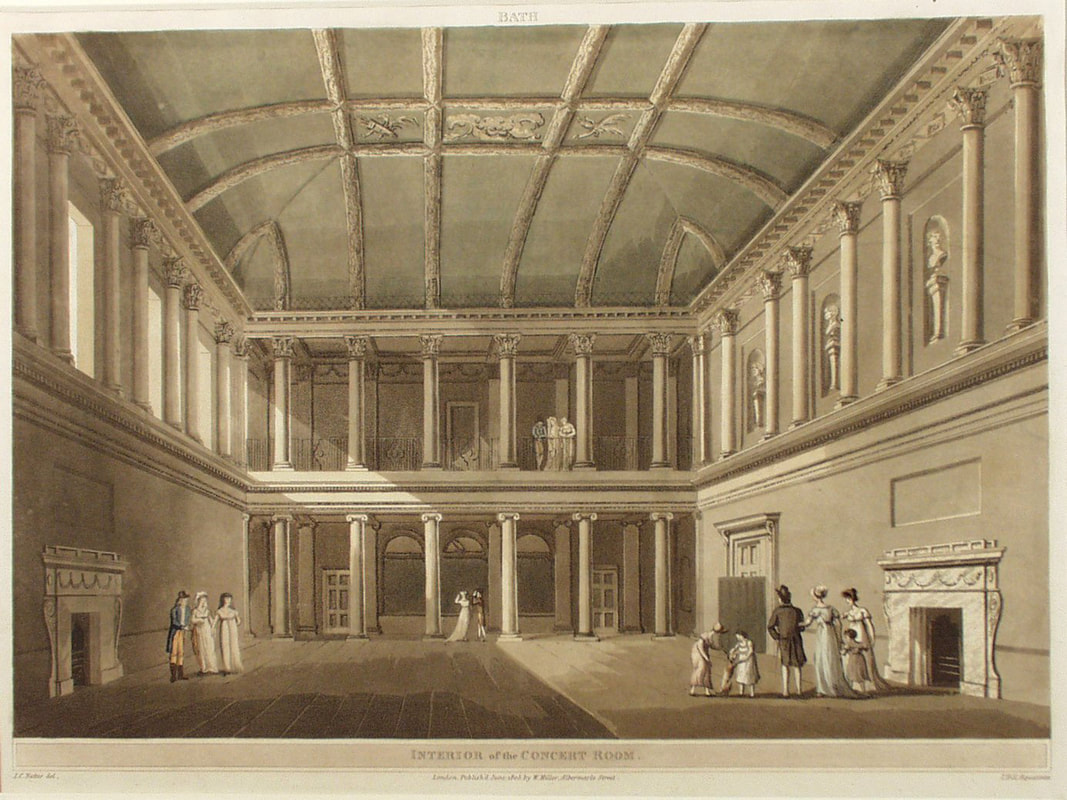 The Tea Room as it appeared in the 18th century and below, the Card Room today. We actually had tea in the Tea Room, but I was so busy enjoying the experience, I forgot about my camera. This plan of the Assembly Rooms pops up on a variety of sites, and I can't remember from which I 'borrowed' it. The Fashion Museum hosts changing exhibitions of fashions from the 18th to the 21st centuries. A special exhibition showed clothing worn by several recent and current royal women. Below, a mauve gown worn by Queen Alexandra (1844 - 1925). I had to admit the dress below right, worn by Princess Margaret (1930-2002) reminded me of a prom dress I once had. But I would never have worn a gown like the one on the left, which looks like a Hospital Candy-Striper at the ball. I am laughing at how much the spellcheck wants to make that stripper! After that lame joke, I think I shall close and wait for new inspiration for further Bath jaunts.
 What more perfect way to conclude a trip to Jane Austen's England than a week in Bath? Here on the River Avon we finished our 2018 JASNA tour. After the rest of our group went off to the airport, I settled in for a few days exploring at leisure and finishing a project I had saved for the ambiance of the lovely Francis Hotel on Queen Square. We toured all the usual sights. The Roman Baths: Aqua Sulis 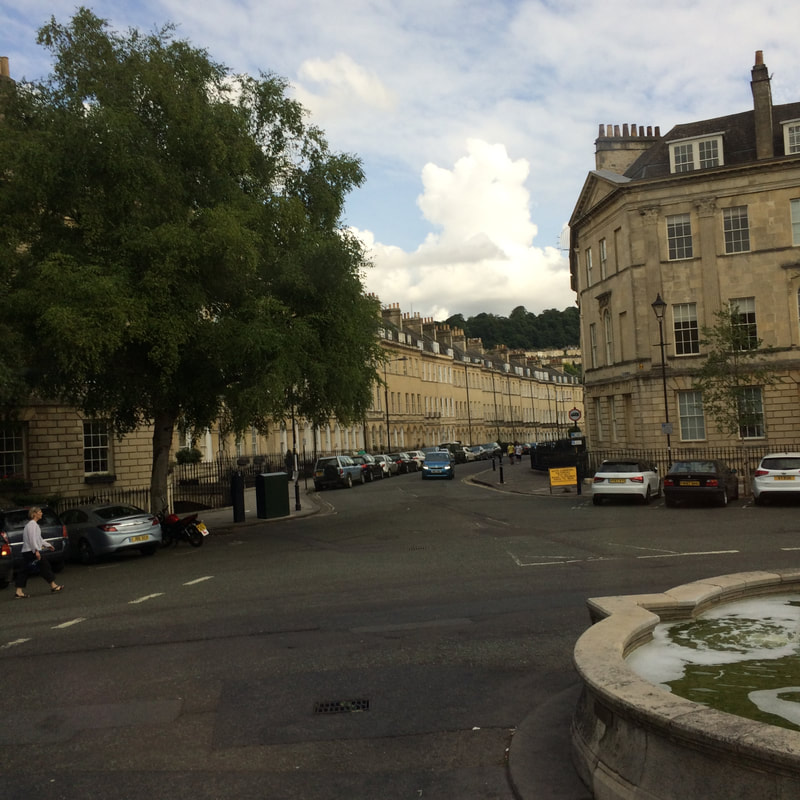 Great Pulteney Street.  One of the many spots in the hills overlooking the city where the views are delightful. The Royal Crescent. Note the dry grass, in that hot dry summer of 2018. The Upper Assembly Rooms. In the evening, we attended a Society Soiree, with a number of our ladies in their Regency gowns, held at Sir Walter Elliot's House, 95 Sydney Place. We had wine and nibbles in the garden, which clearly shows higgeldy piggeldy arrangement of the backs of these houses, which are so perfectly matched as terraces on the street side. We enjoyed a musicale and a lovely buffet. Miss Cholmondeley and Mr. Featherstonehaugh entertained us and it was indeed "good company." We noted the boots in the foyer as we made our adeius.
|
Victoria Hinshaw, Author
Archives
July 2024
Categories |


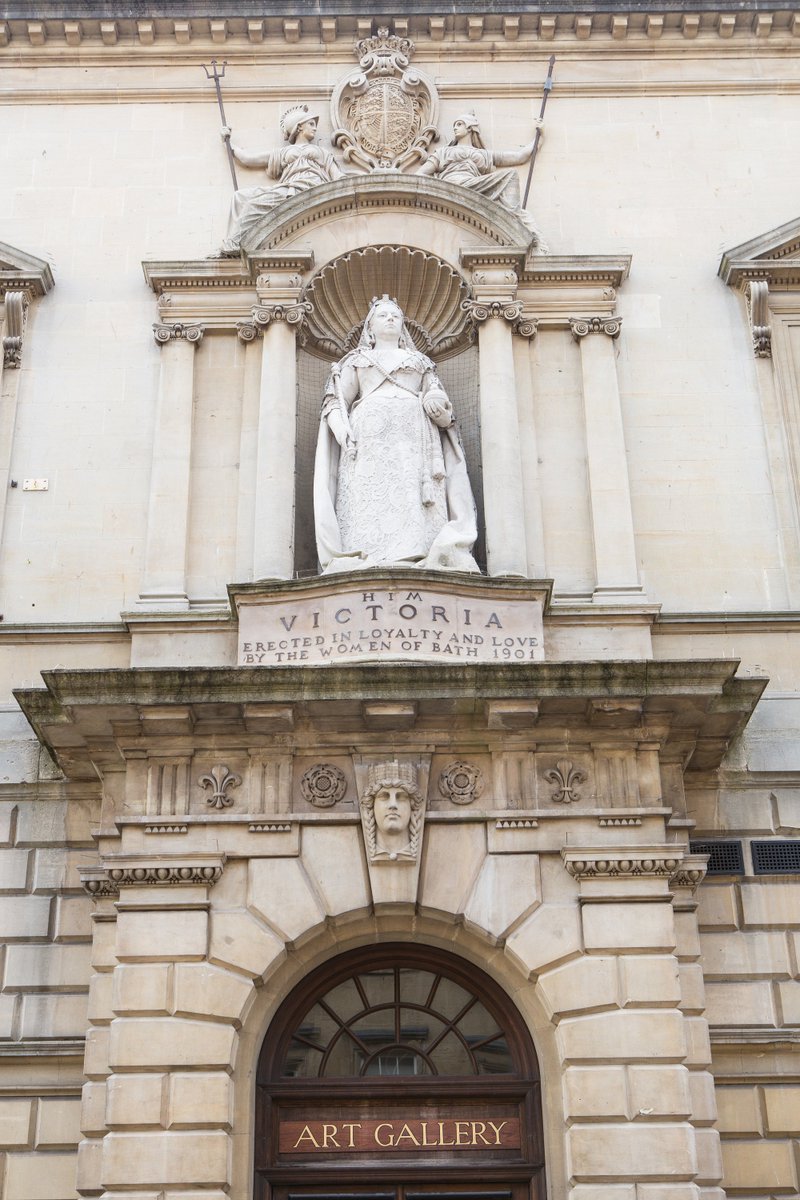
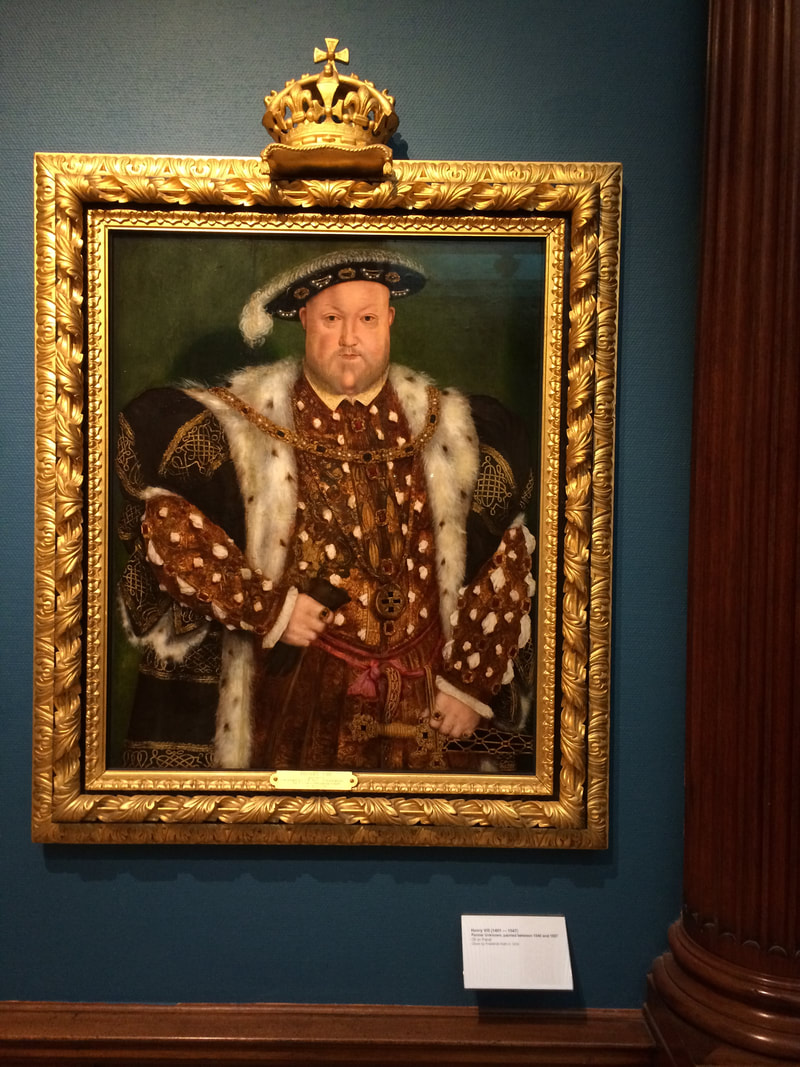
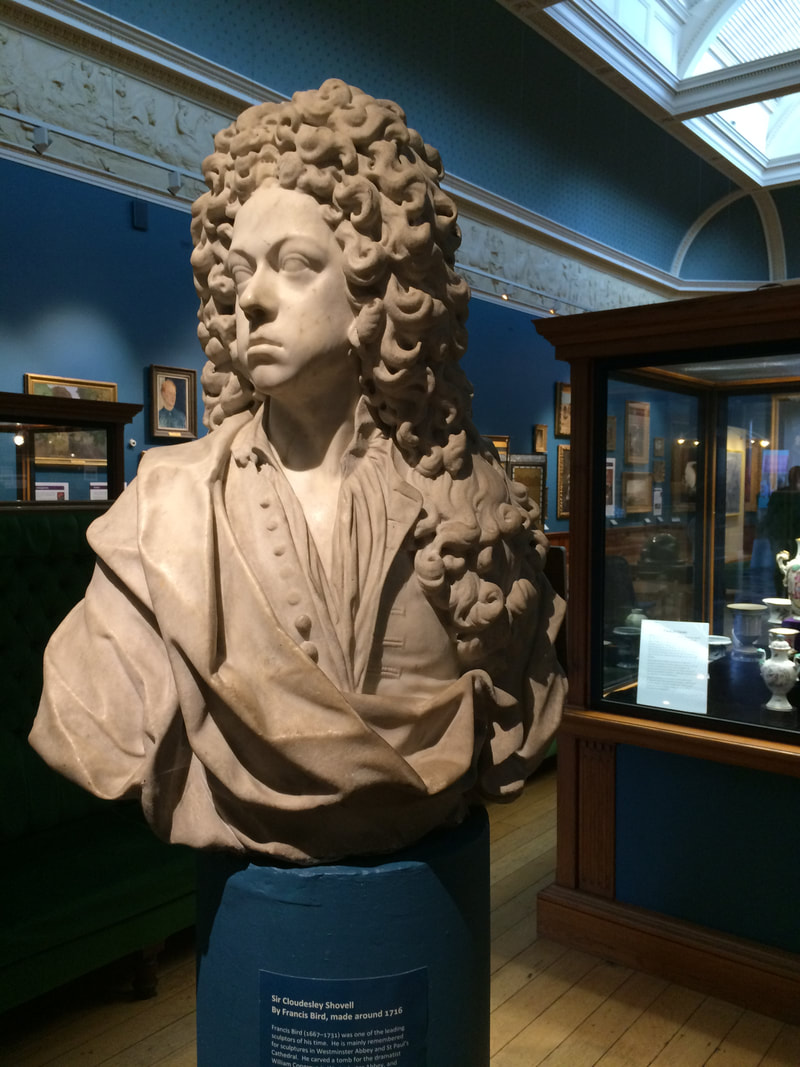


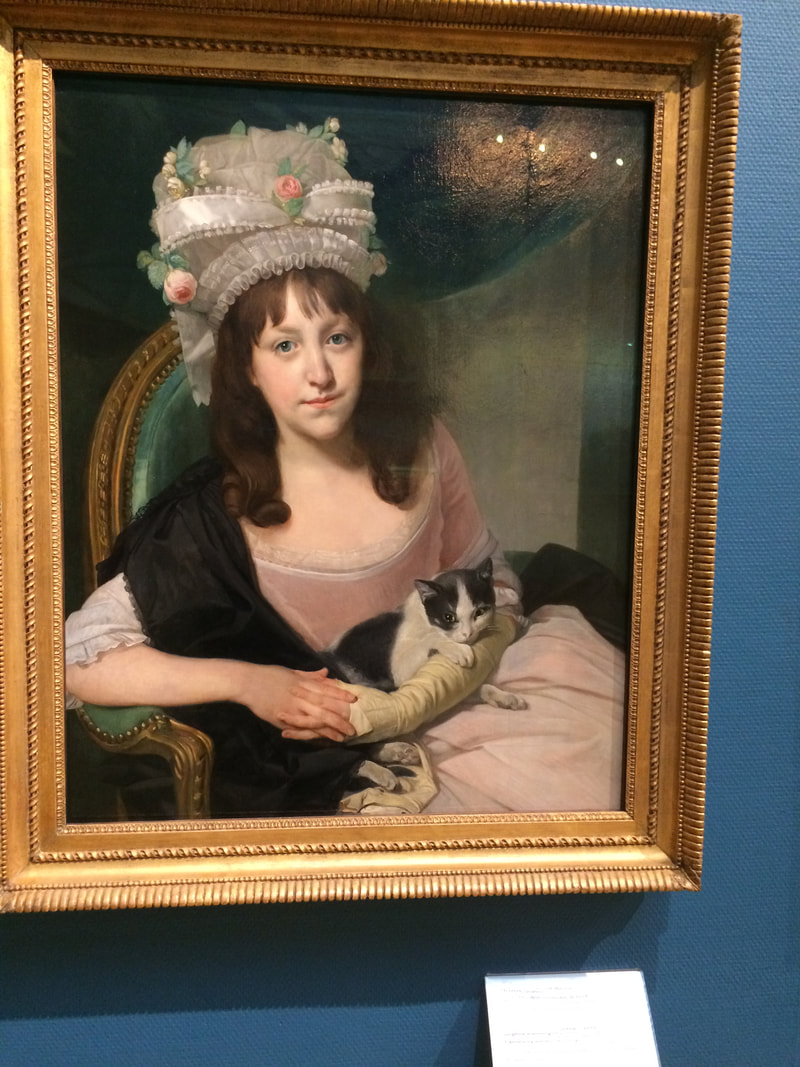
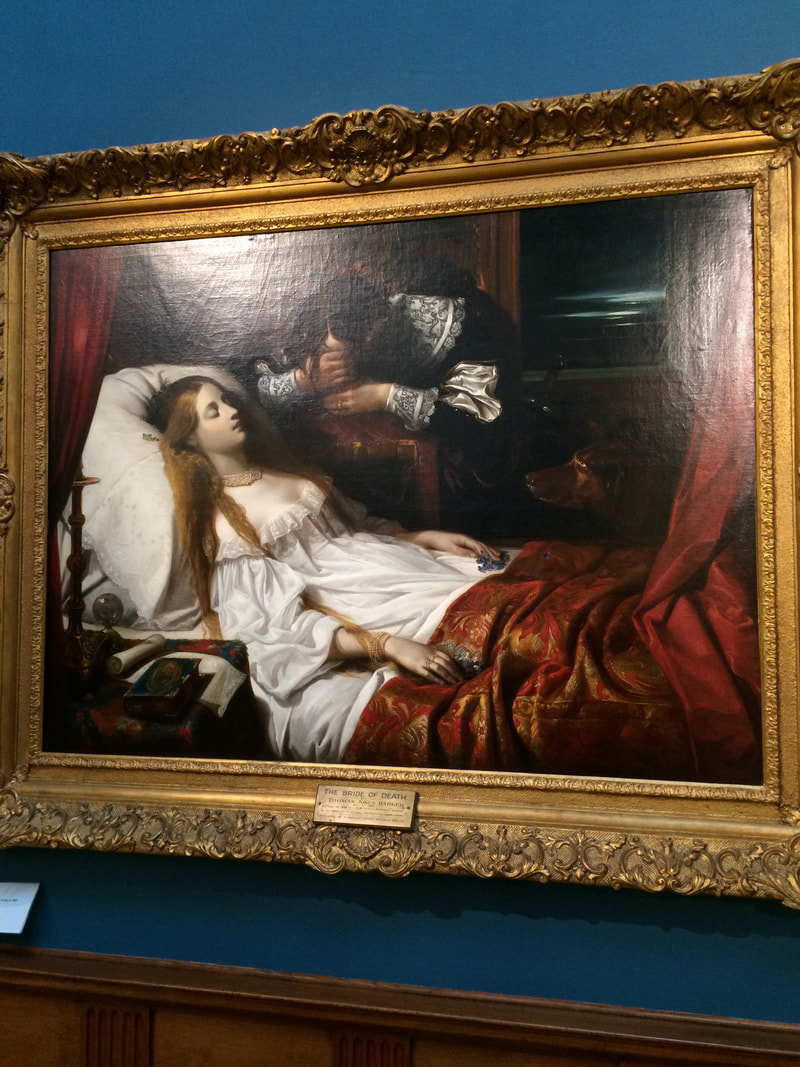
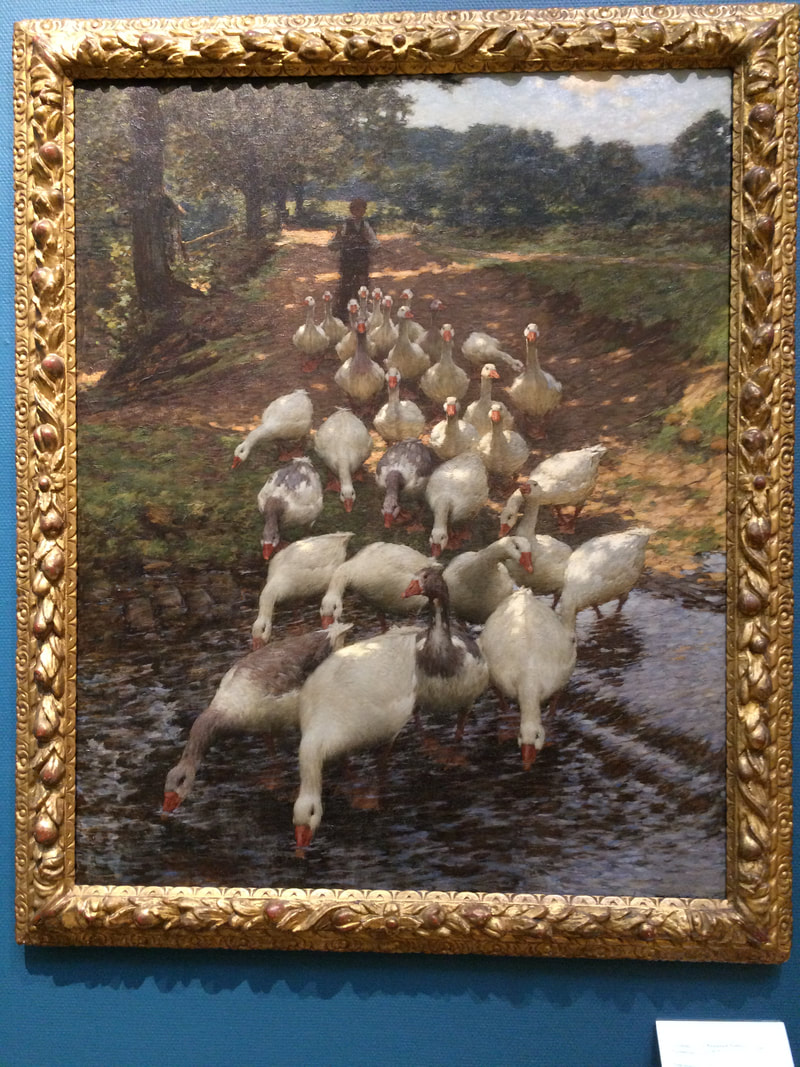
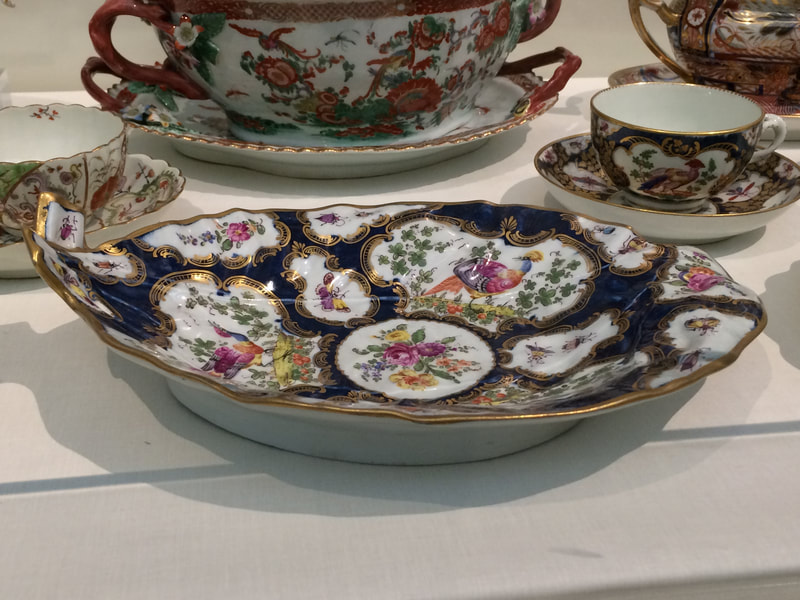

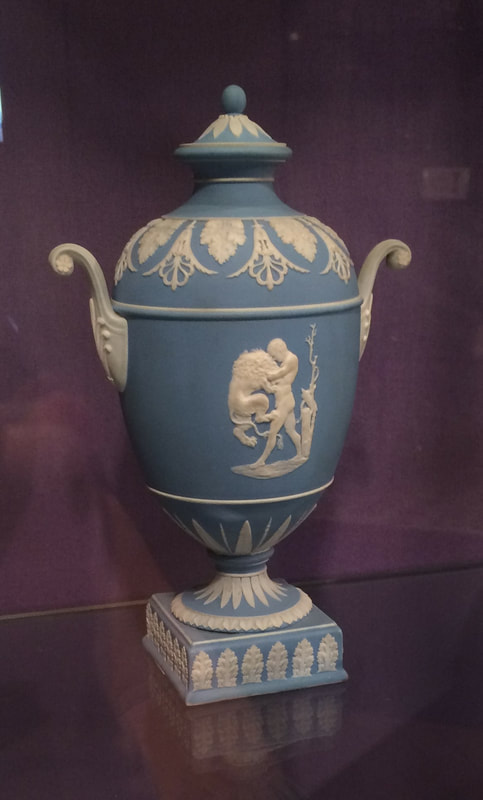
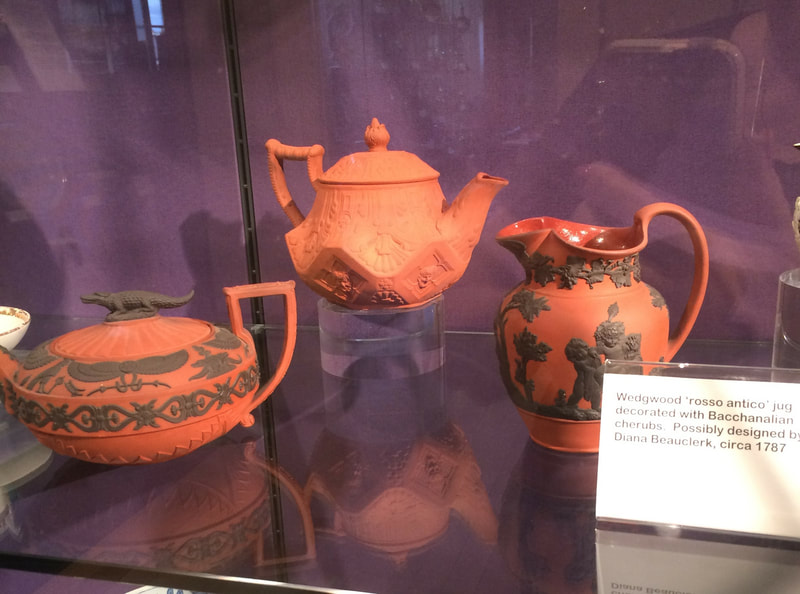
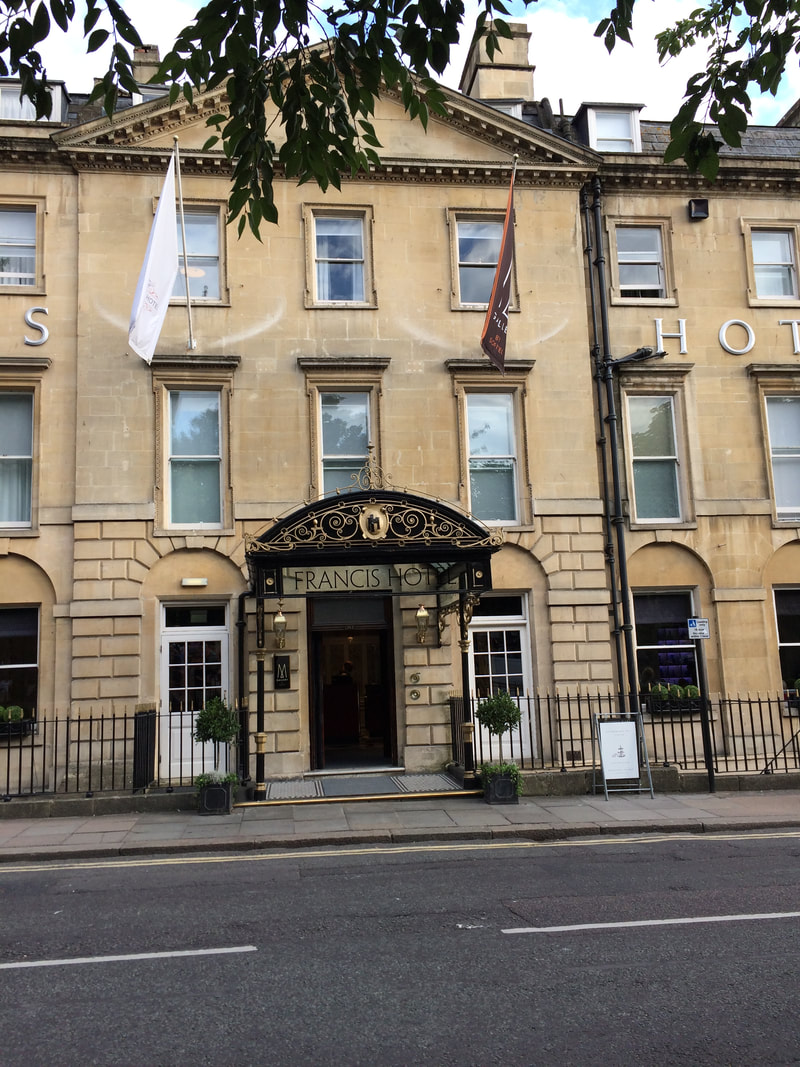
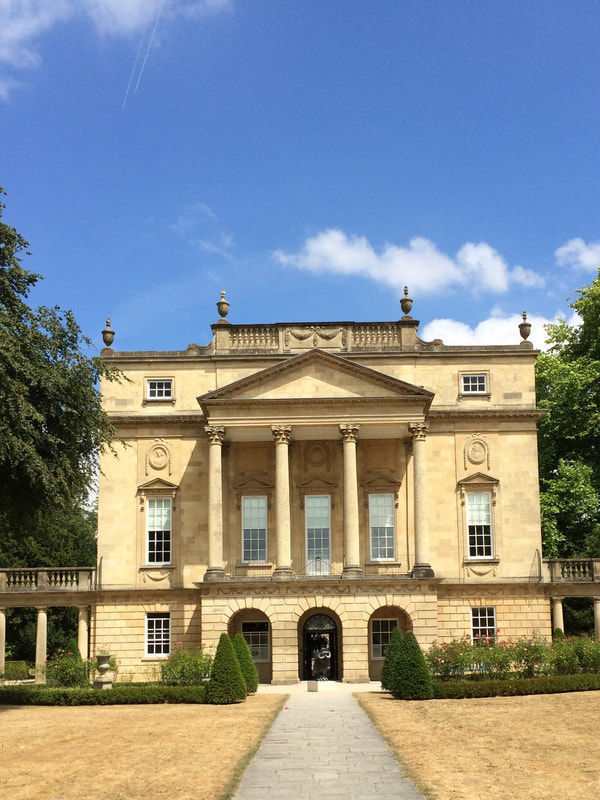
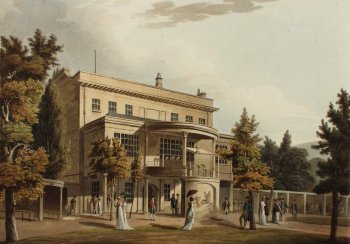
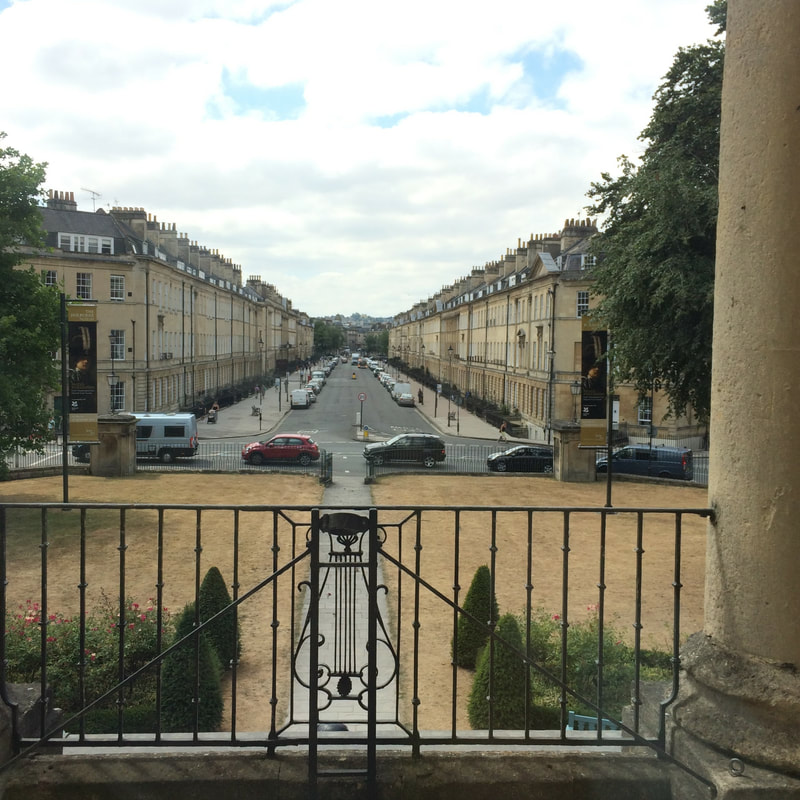





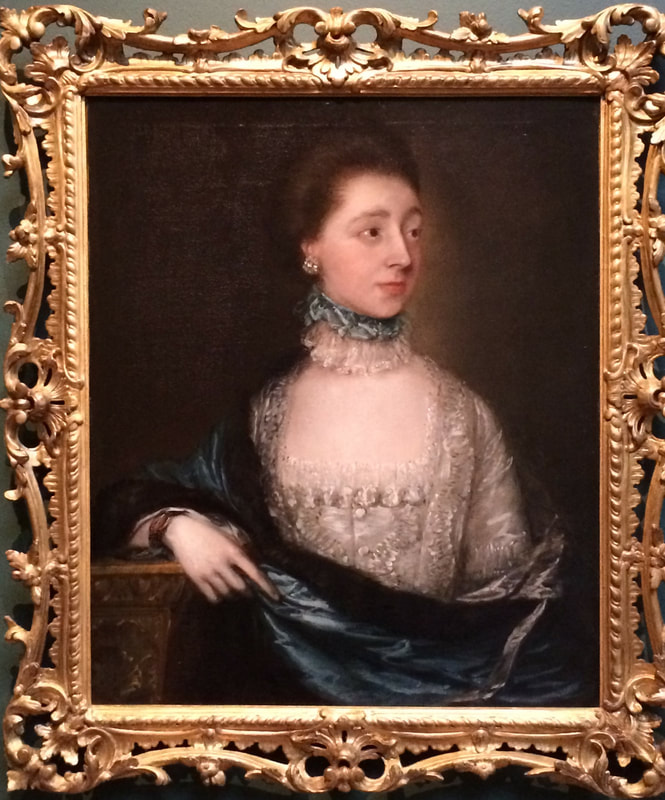
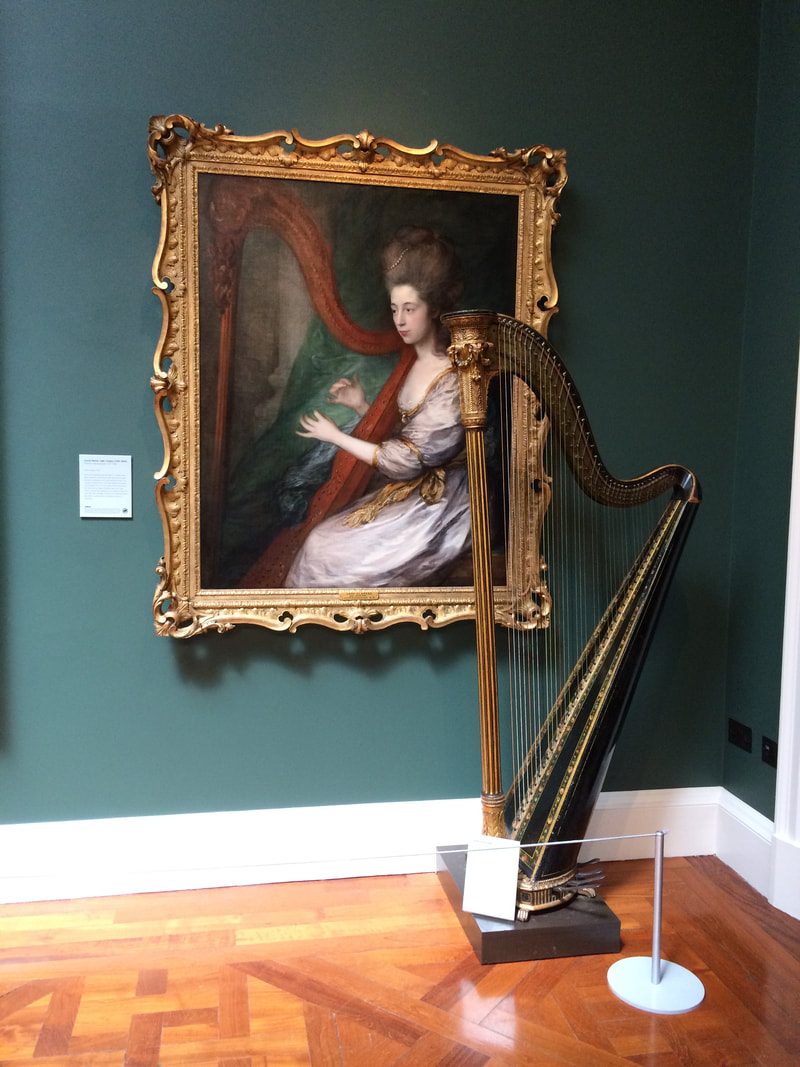

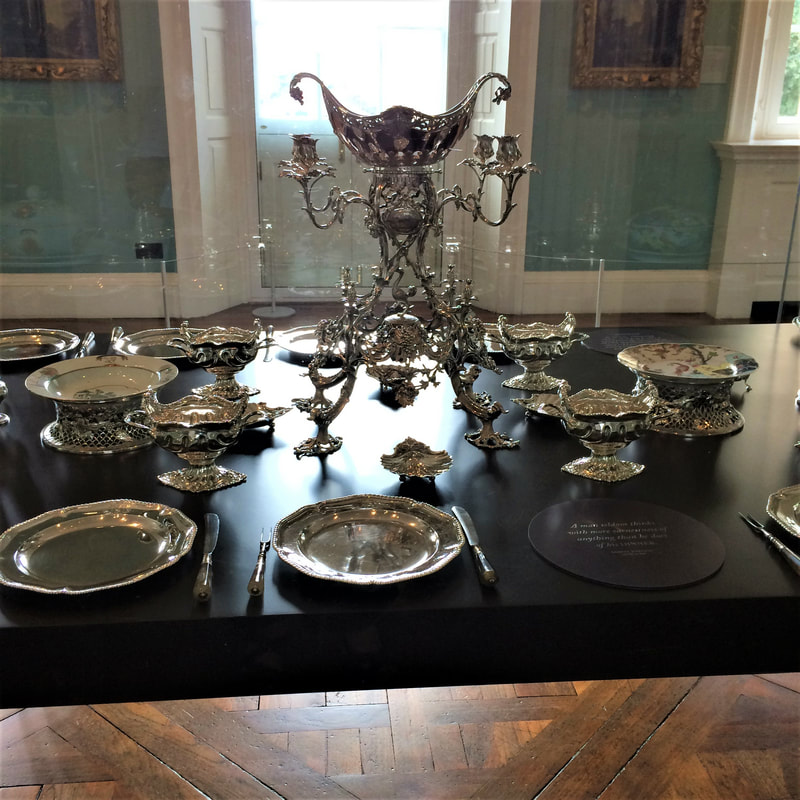

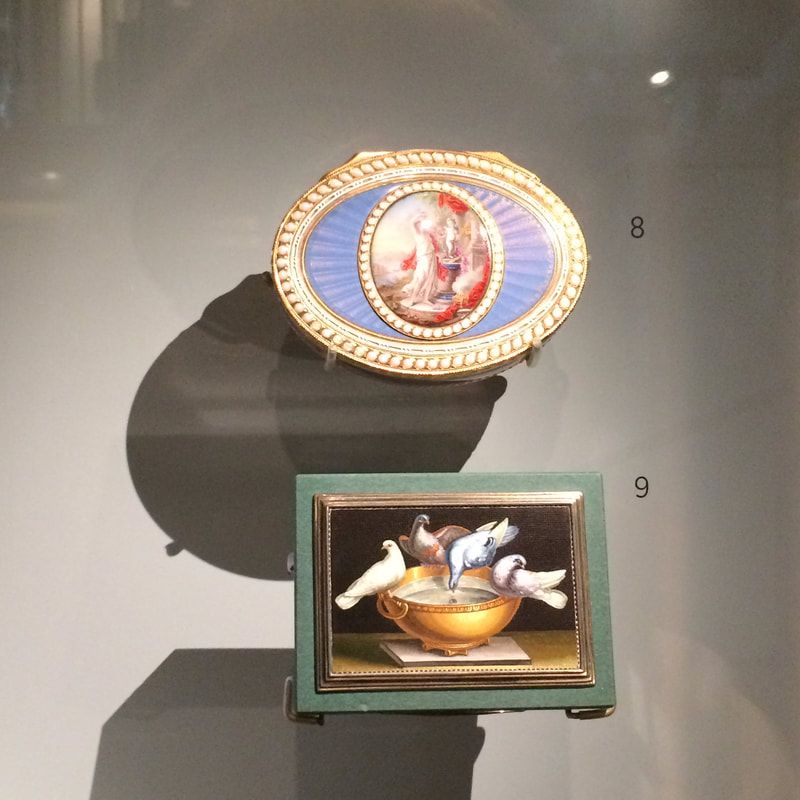


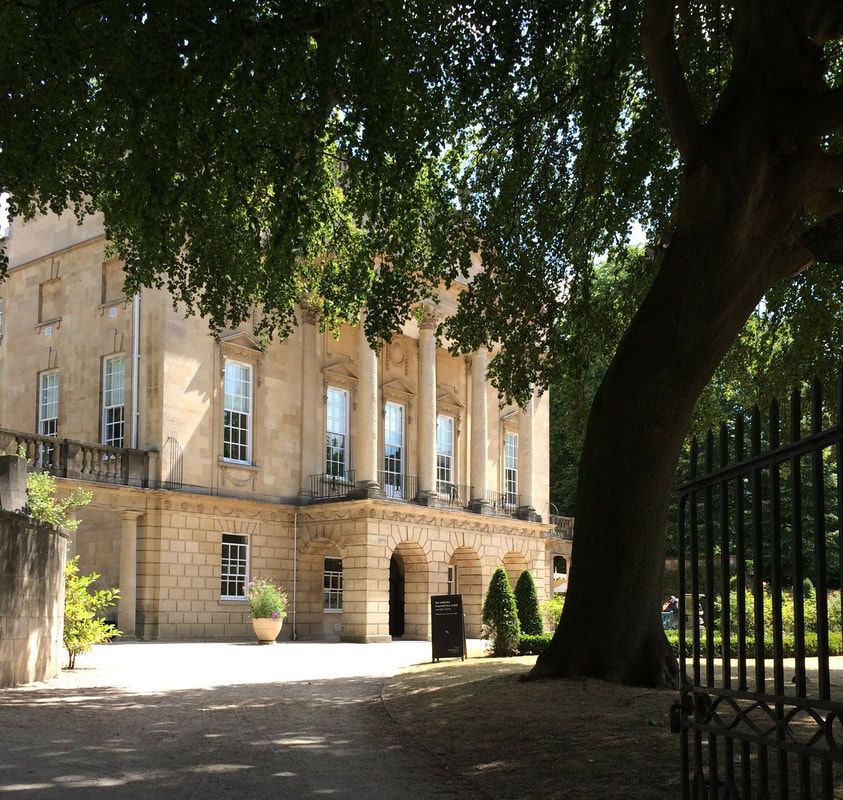
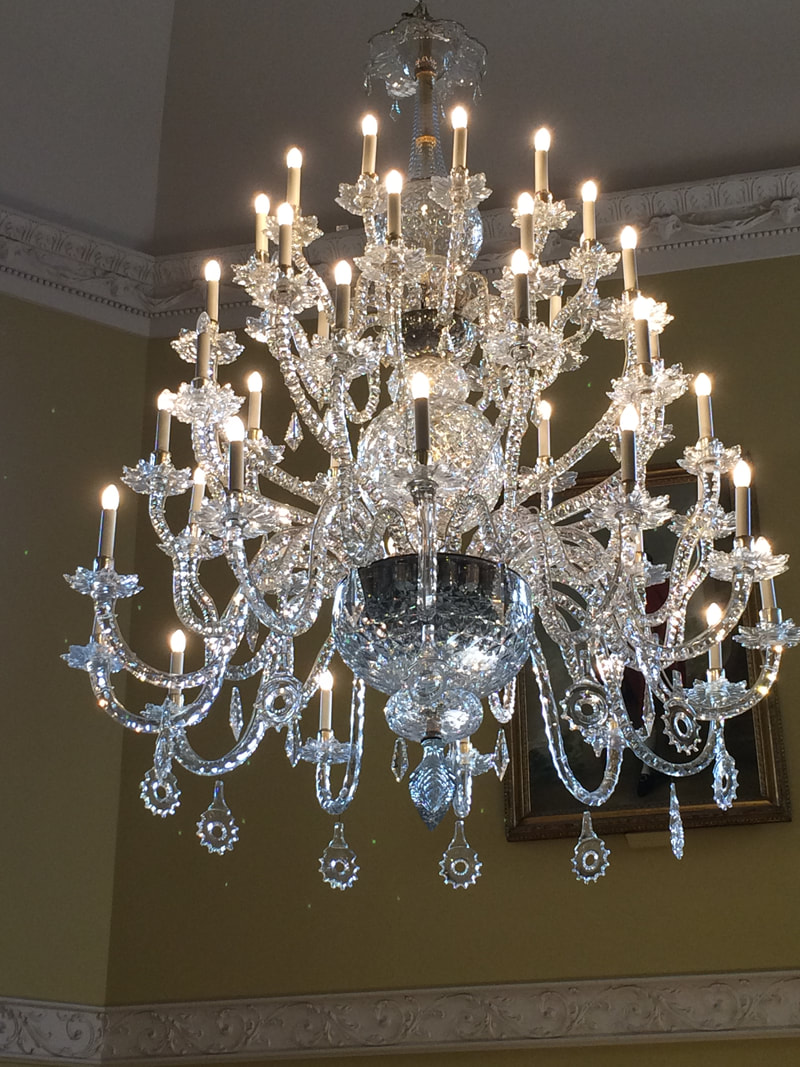



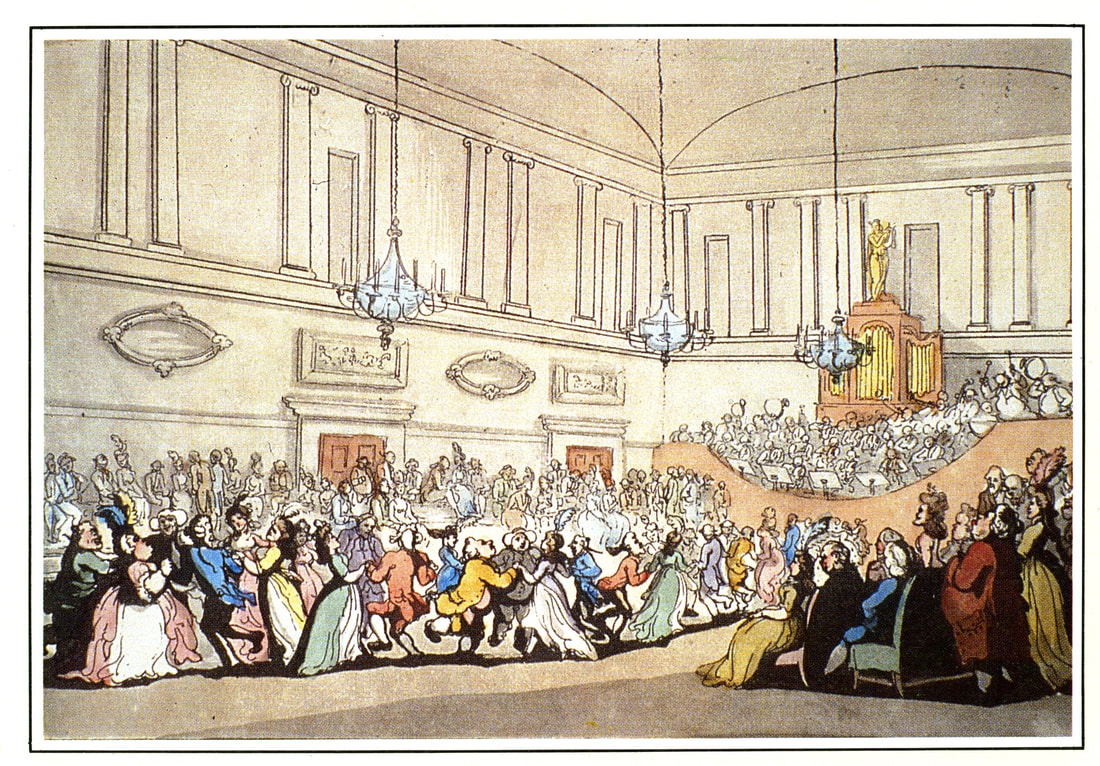

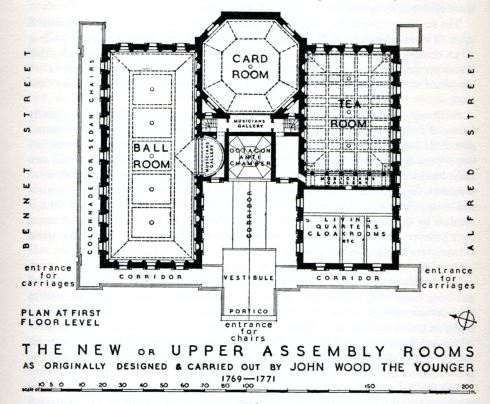

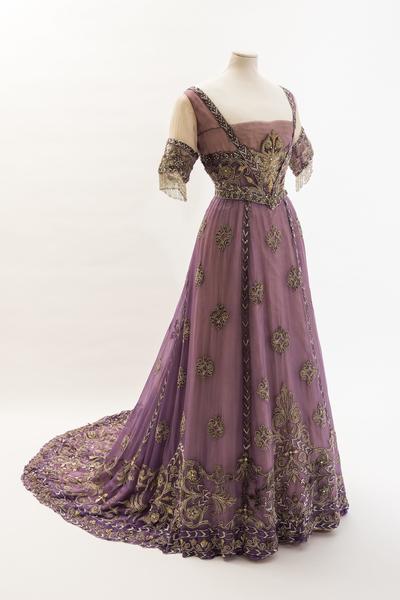

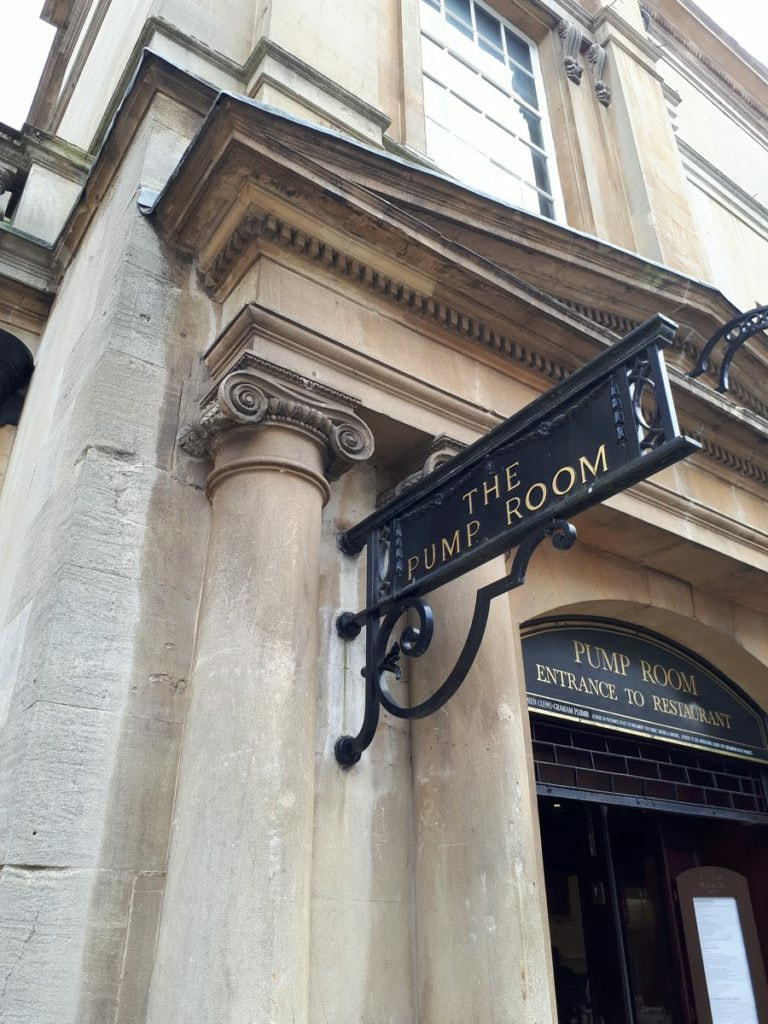
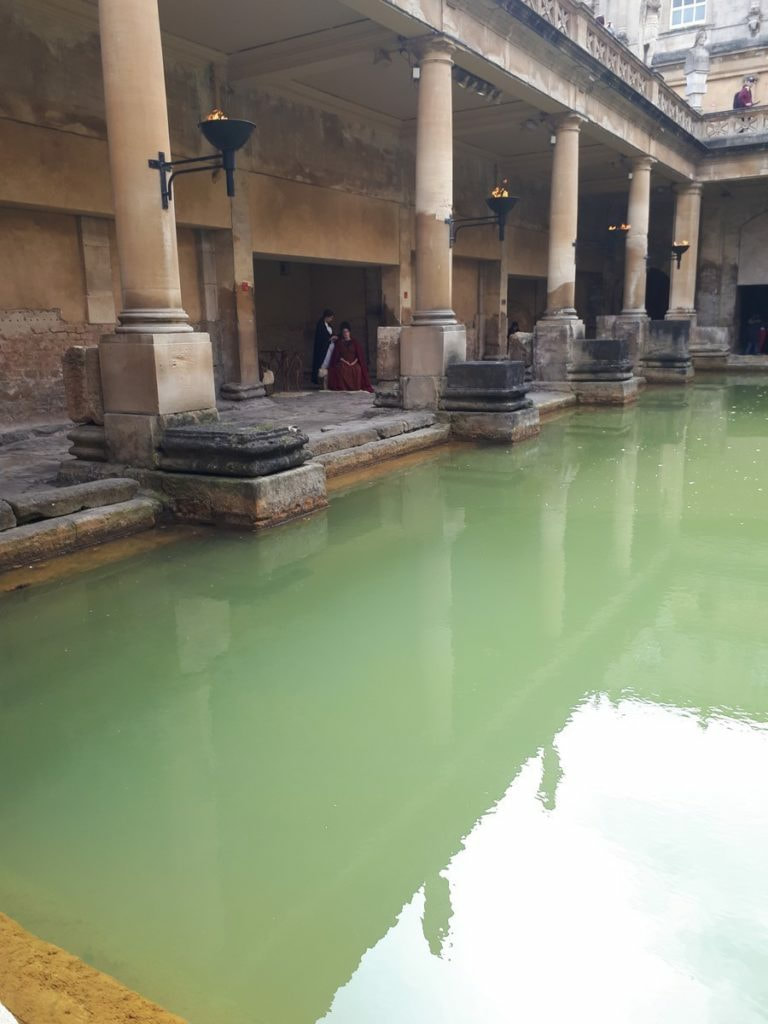
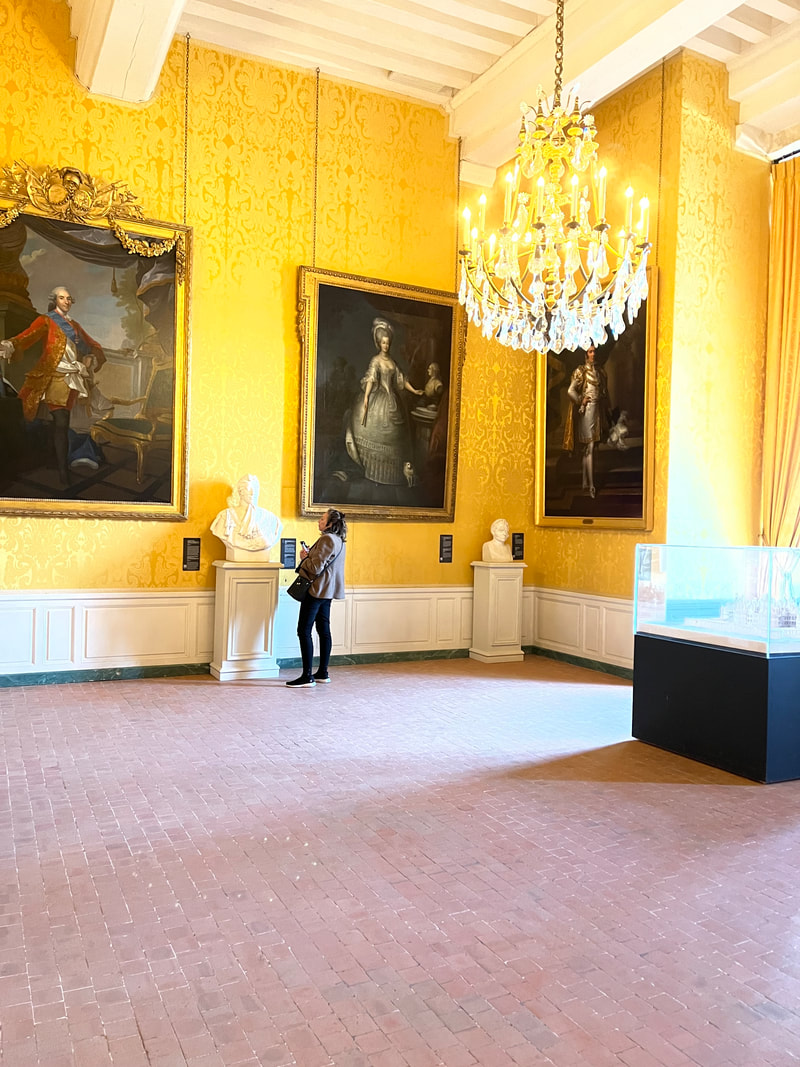
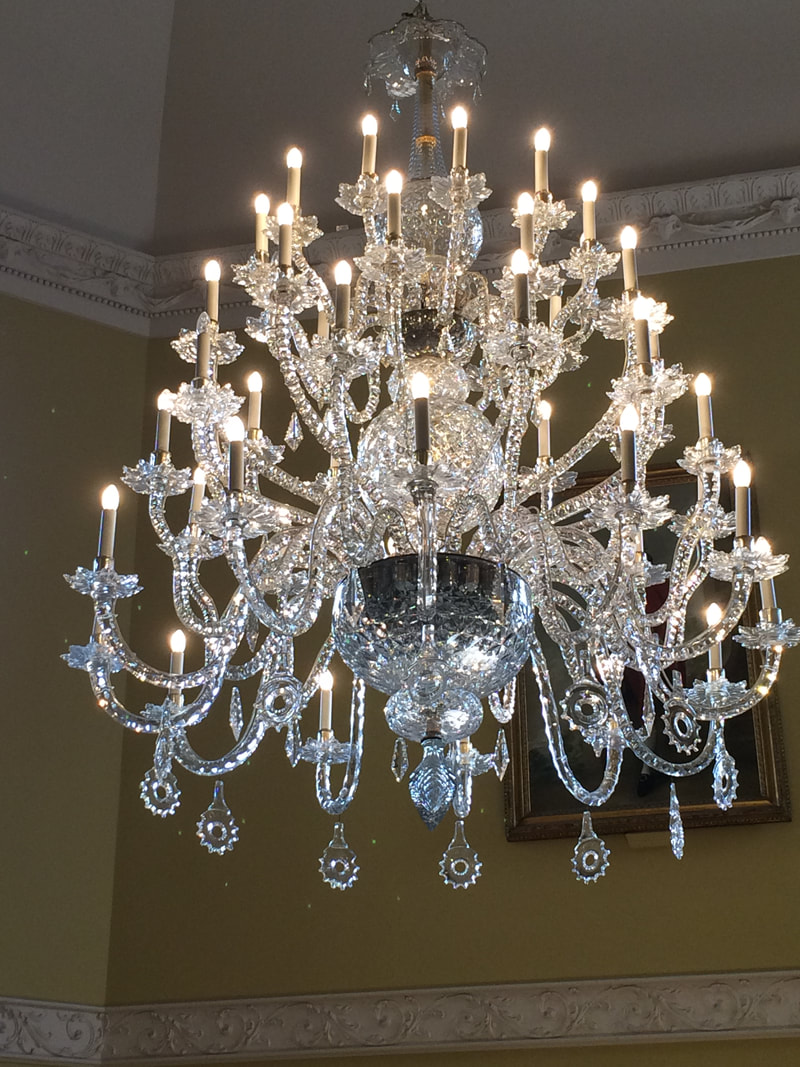

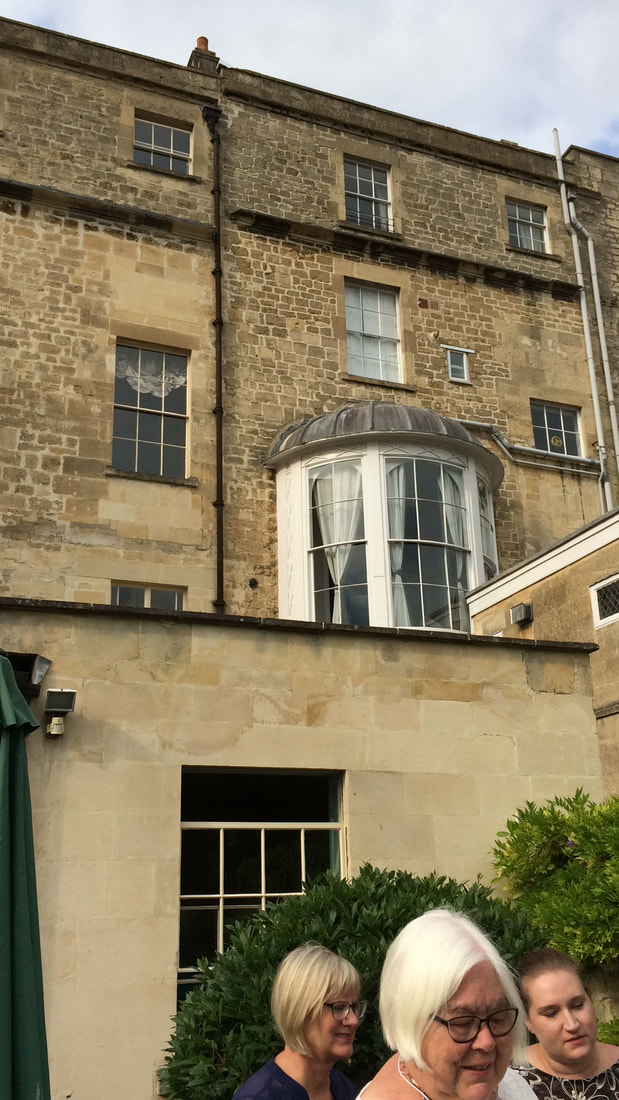
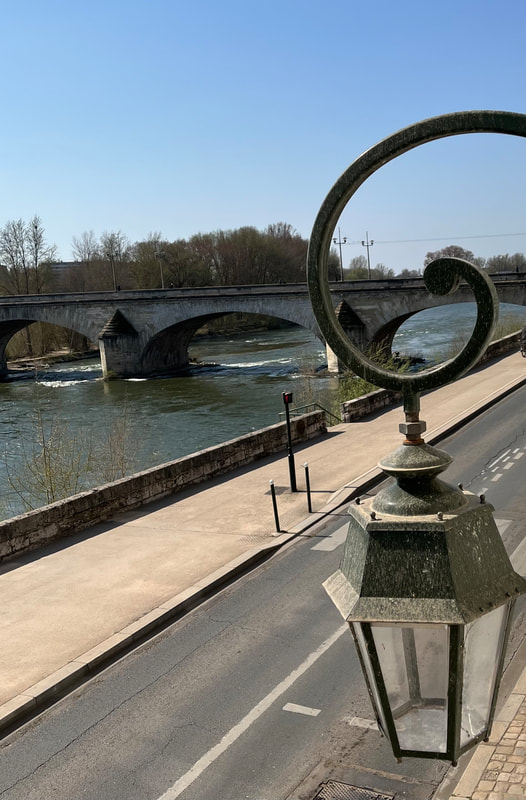
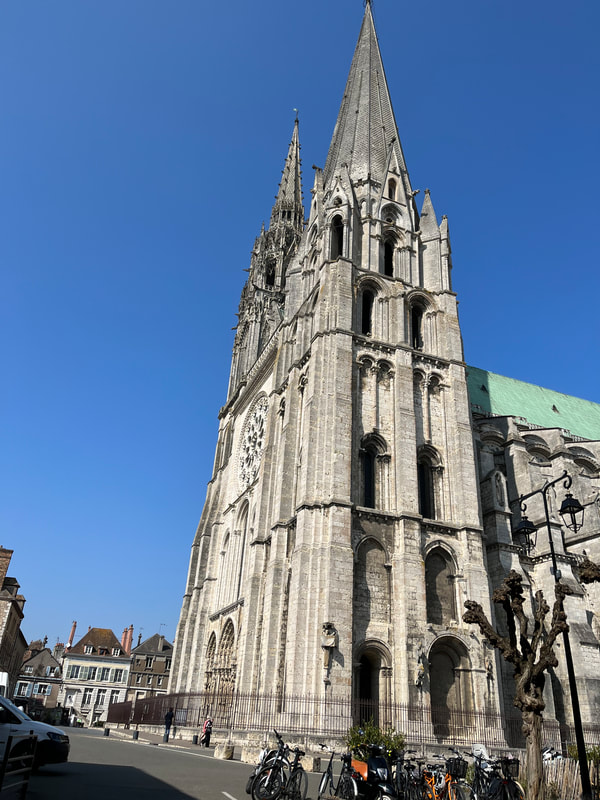

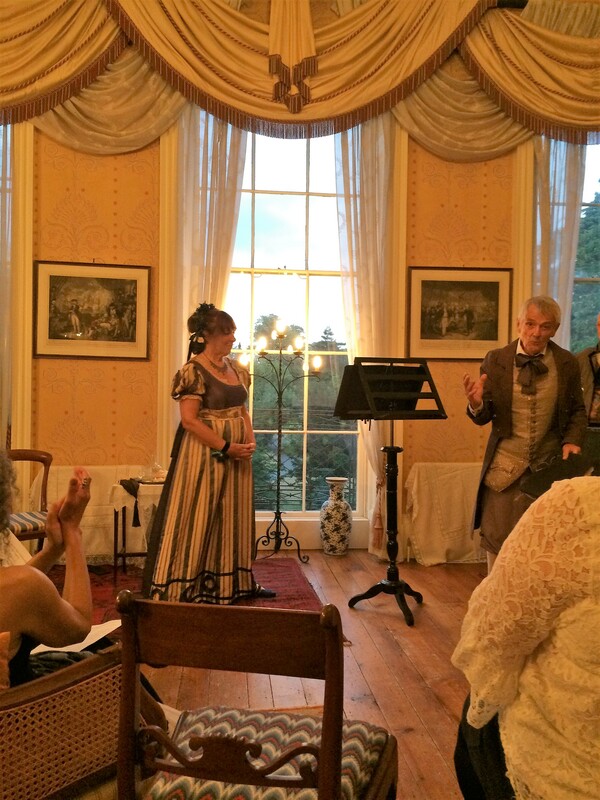

 RSS Feed
RSS Feed